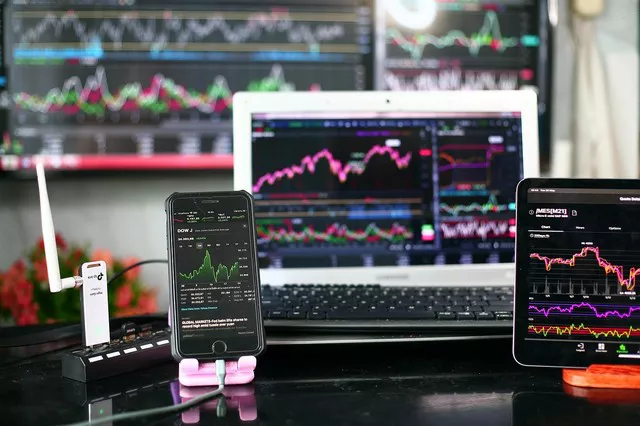In the fast-paced world of financial markets, staying abreast of real-time information is crucial for making informed trading decisions. Dow Jones futures, which reflect the anticipated performance of the Dow Jones Industrial Average (DJIA), are instrumental in providing insights into market sentiment and trends.
1. Utilizing Financial News Platforms
Financial news platforms are valuable resources for tracking Dow Jones futures. These platforms provide up-to-date information on market indices, including real-time futures quotes, futures contracts’ performance, and relevant news that can impact market sentiment.
2. Online Brokerage Accounts
Most online brokerage accounts offer tools and features to track market indices and futures contracts. Traders and investors can access real-time Dow Jones futures quotes, historical data, and charting tools through their brokerage platforms.
3. Futures Exchange Websites
The websites of futures exchanges, such as the Chicago Mercantile Exchange (CME), provide comprehensive information on various futures contracts, including Dow Jones futures. These websites offer contract specifications, price quotes, trading hours, and relevant news.
4. Market Data Terminals
Professional traders often rely on advanced market data terminals to track Dow Jones futures. These terminals offer in-depth market data, analytics, charting capabilities, and advanced order execution tools.
5. Dow Jones Futures Ticker Symbols
To track Dow Jones futures, you’ll need to know the relevant ticker symbols. For instance, the E-mini Dow Jones Industrial Average futures contract is represented by the ticker symbol YM on the Chicago Mercantile Exchange.
6. Real-Time Price Quotes
Real-time price quotes provide current market data, including bid and ask prices, contract size, and volume. Traders can monitor price movements and make informed decisions based on the latest information.
7. Historical Data Analysis
Examining historical data can offer insights into trends and patterns in Dow Jones futures movements. Charting tools allow traders to analyze price trends, support and resistance levels, and potential entry and exit points.
8. Technical Analysis
Technical analysis involves studying price charts, technical indicators, and patterns to predict future price movements. Traders can use technical analysis to identify trends, reversals, and potential opportunities.
9. Economic Calendar
Events on the economic calendar, such as economic data releases and Federal Reserve announcements, can significantly impact Dow Jones futures. Traders can stay informed about these events to anticipate potential market reactions.
10. Market Sentiment Indicators
Market sentiment indicators, such as the Volatility Index (VIX) and put-call ratios, provide insights into investor sentiment. These indicators can help traders gauge market fear or optimism and adjust their strategies accordingly.
11. Social Media and News Alerts
Following financial news on social media platforms and setting up news alerts can help traders stay informed about breaking news and events that may influence Dow Jones futures.
12. Trading Apps
Mobile trading apps offered by online brokerages provide convenient access to Dow Jones futures information on the go. Traders can receive real-time price alerts and execute trades directly from their smartphones.
Conclusion
Tracking Dow Jones futures requires a combination of tools, resources, and strategies to stay informed and make effective trading decisions. Whether you’re a novice investor or an experienced trader, staying updated on real-time price quotes, utilizing charting tools, and analyzing market sentiment are essential practices. By leveraging financial news platforms, online brokerage accounts, and market data terminals, traders and investors can navigate the intricacies of Dow Jones futures and respond swiftly to market dynamics. As with any financial endeavor, a comprehensive understanding of the market and its factors is crucial for making well-informed decisions.


